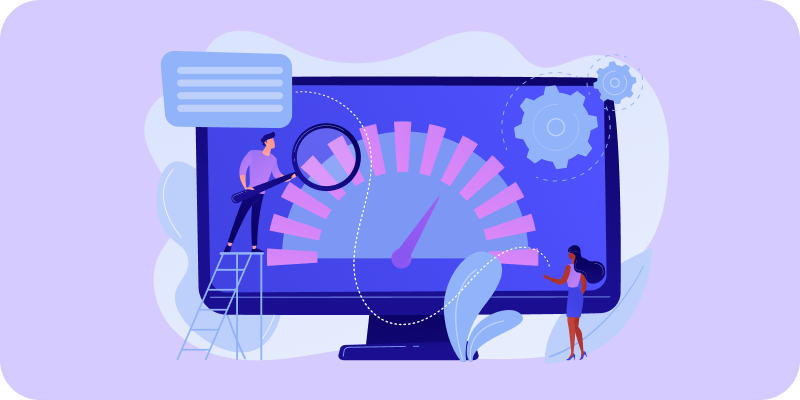Lazy Loading in WordPress
When it comes to optimizing a website—especially on WordPress—improving load speed is more than a technical detail: it’s a competitive advantage. Users expect fast, seamless experiences, and search engines reward well-performing sites. In this context, lazy loading has become one of the most effective techniques for speeding up load times without sacrificing visual content.
In this article, we’ll explain what lazy loading is, how it works, why it matters for performance, and how to implement it correctly on WordPress.
What Is Lazy Loading?
Lazy loading is a technique that delays the loading of images, videos, or iframes until they are actually needed—that is, when they’re about to enter the visible area of the screen (viewport). Instead of loading all visual resources upfront, they load progressively as the user scrolls.
This approach significantly reduces the initial page weight and improves the perceived speed.
Why Is It Important for Your WordPress Site?
Implementing lazy loading improves several key aspects:
- Page speed: fewer resources are loaded initially, making the site faster.
- User experience: faster pages retain visitors more effectively.
- Core Web Vitals: metrics like LCP (Largest Contentful Paint) and CLS (Cumulative Layout Shift) benefit directly.
- Data savings: especially valuable for mobile users, who avoid loading unseen images.
- SEO: Google prioritizes fast and efficient websites.
If you’re considering optimizing your website, at Floix Agency we recommend integrating lazy loading into a complete performance strategy.
How to Know If Your Site Already Uses Lazy Loading
Since WordPress 5.5, lazy loading is included by default for images. If your <img> or <iframe> tags contain the loading=”lazy” attribute, you’re likely already using it.
You can check this by inspecting your site’s source code or using tools like:
These tools show whether your media elements are optimized for lazy loading.
How to Implement Lazy Loading in WordPress
There are several ways to add lazy loading to your WordPress site, depending on how much control you need:
1. Native Functionality
As mentioned, WordPress includes built-in support for lazy loading from version 5.5 onward. Just ensure that your images use the loading=”lazy” attribute.
2. Using Plugins
If you want more control or wish to lazy-load other elements (like backgrounds or scripts), these plugins can help:
- WP Rocket: a premium solution offering lazy loading, file optimization, and caching.
- Lazy Load by WP Rocket: a free version focused on lazy loading only.
- Smush: optimizes images and includes a one-click lazy load feature.
- a3 Lazy Load: a free and highly customizable plugin.
3. Manual Implementation
If you have technical skills or work with a developer, you can add the loading=”lazy” attribute directly to relevant tags in your theme.
You can also use JavaScript for advanced techniques, like adapting image loading based on connection speed or device type.
Important Considerations
- Accessibility: make sure lazy loading doesn’t interfere with assistive technologies.
- SEO: avoid loading critical content only via JavaScript if you want Google to index it.
- Compatibility: test your site across different browsers and devices to ensure proper behavior.
When Should You Consider a Performance Audit?
If your WordPress site already uses lazy loading but still scores poorly on tools like PageSpeed Insights, you may have other technical bottlenecks. A full audit can help you identify heavy elements, plugin conflicts, or inefficient architecture.
At Floix Agency, we include this kind of technical review as part of our scalable, secure WordPress site management approach.
Conclusion
Lazy loading isn’t a silver bullet, but it’s a powerful tool in any web optimization strategy. When properly implemented, it can significantly boost the performance of your WordPress site, especially if you rely on image-heavy or visual content.
By adopting this technique, you not only improve speed but also enhance user experience, SEO performance, and overall site efficiency.
Ready to Keep Optimizing?
At Floix Agency, we share strategic content and practical resources to help you build fast, functional websites that align with your business goals.
Explore our guides and start improving your WordPress performance today.





